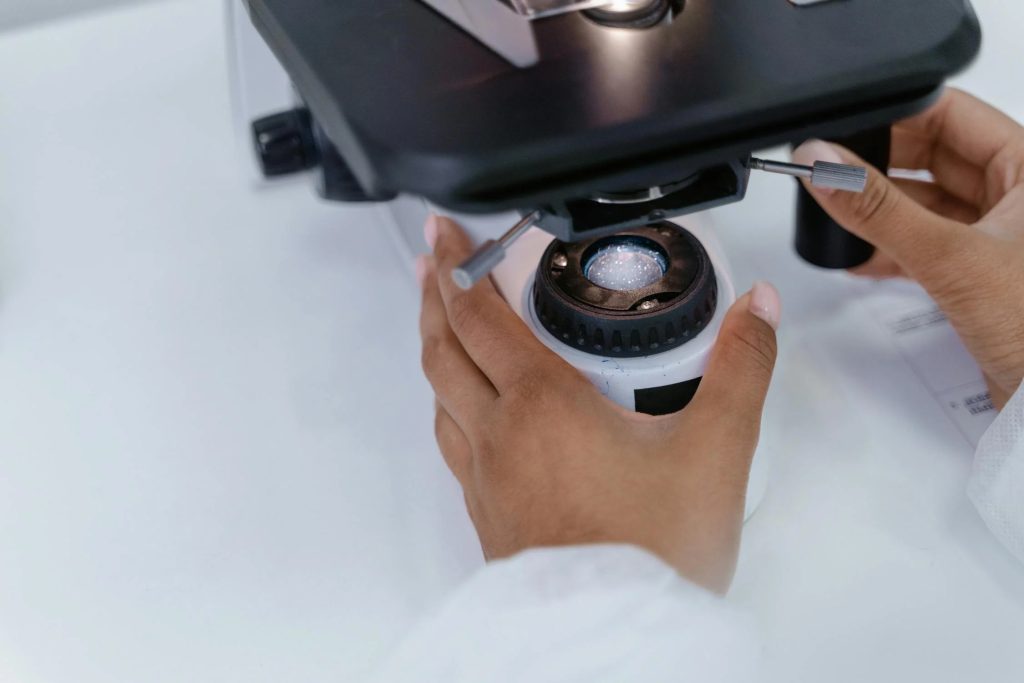
The European pharmaceutical industry stands on the brink of a pivotal shift. With the Health Technology Assessment Regulation (HTAR) taking effect on January 12, 2025, the European Union aims to harmonize how new medicines and high-risk medical devices are evaluated for clinical effectiveness and safety. This regulatory update for drug development leaders surpasses your standard one—we consider it a strategic call to action.
The stakes are high. Fragmented health technology assessment processes across Member states have historically delayed market access and strained resources. Pharmaceutical companies struggled with duplicative submissions, varying criteria, and misaligned timelines between regulators and national HTA bodies. These inefficiencies have driven up costs and hindered timely patient access to life-saving innovations.
The HTAR seeks to eliminate these roadblocks by creating a unified Joint Clinical Assessments (JCAs) framework. This EU-wide approach promises faster, more consistent evaluations of new health technologies, streamlining decision-making processes across the bloc. However, it also imposes new demands on developers, requiring earlier alignment between clinical development and HTA requirements.
The central question for drug development executives is straightforward:
How can we adapt our strategies to thrive in this harmonized regulatory landscape?
The answer lies in rethinking evidence generation, engaging proactively with stakeholders, and embracing the opportunities presented by this new era in HTA. This article explores the practical implications of HTAR, the strategic shifts it demands, and how you can position yourself for success as this transformation unfolds.
The current challenges in Drug Development & Market Access
Drug developers have long grappled with inefficiencies in the EU, where EMA approval confirms safety and HTA bodies separately assess value. This disconnect causes delays, higher costs, and fragmented processes.
Fragmented processes across member states
Each EU Member State operates its own HTA system, reflecting unique healthcare priorities and budgets. This fragmentation forces developers to repeatedly adapt evidence submissions, often with varying data requirements. The result is delayed patient access, higher costs from duplicative assessments—particularly burdensome for smaller companies—and unpredictable outcomes due to inconsistent methodologies, complicating market access strategies.
Evolving expectations for evidence
In recent years, HTA bodies have increased their focus on comparative effectiveness, real-world evidence, and cost-effectiveness analyses. Developers are now expected to generate robust data on safety and efficacy and how a product performs against established standards of care in real-world settings. Meeting these demands often requires:
- Conducting head-to-head clinical trials with relevant comparators.
- Integrating data from registries, observational studies, and real-world databases.
- Aligning clinical trial endpoints with HTA criteria, which may differ from those prioritized by regulators.
These challenges are particularly acute for innovative therapies like advanced therapy medicinal products (ATMPs) and orphan drugs, where traditional evidence frameworks may not fully capture their value.
The need for change
The status quo is no longer sustainable for an industry striving to balance innovation with affordability and access. The HTAR is a response to this pressing need for reform, offering a unified framework to address the current system’s inefficiencies. However, for drug developers, adapting to this new reality requires a shift in how they approach evidence planning, regulatory engagement, and market access strategies.
What the HTAR means for drug development
The Health Technology Assessment Regulation is a turning point in evaluating health technologies across the European Union. For drug developers, it presents a streamlined yet demanding framework that requires early alignment of clinical, regulatory, and market access strategies. Understanding the practical implications of this regulation is critical for navigating the path to commercialization in the EU.
A unified framework: The end of fragmentation?
At the heart of the HTAR is the introduction of Joint Clinical Assessments, a centralized process for evaluating the relative clinical effectiveness and safety of new medicines and medical devices. Unlike the current system, where developers face disparate HTA requirements across Member States, JCAs will provide a single, EU-wide evaluation.
This shift aims to:
| Developers will no longer need to submit the same data multiple times to meet varying national requirements | The same clinical data will inform decisions across the EU, reducing inconsistencies and ensuring greater predictability. | A harmonized assessment process promises to shorten the time between regulatory approval and patient access. |
However, JCAs are not a silver bullet. Member States will still make independent decisions about pricing, reimbursement, and product value within their specific healthcare systems. This dual-layered process will require developers to balance harmonized clinical assessments with localized economic and policy considerations.
Scope and phased implementation
The HTAR takes a phased approach, beginning with high-priority health technologies before expanding its scope.

Figure 1. HTAR Phases
This gradual rollout allows stakeholders to adapt to the new processes while ensuring that critical therapies are prioritized.
Joint Scientific Consultations: A strategic opportunity
One of the most transformative elements of the HTAR is the introduction of Joint Scientific Consultations (JSCs). These consultations allow developers to engage with regulators and HTA bodies early in product development. Key benefits include:
| Proactive alignment: Developers can tailor clinical trial designs to meet EMA and HTA evidence requirements, reducing the risk of misalignment. | Clearer expectations: Early feedback on endpoints, comparators, and patient populations ensures that evidence generation is targeted and efficient. | Cost savings: Avoiding post-launch evidence generation or reanalysis due to misaligned data can save significant time and resources. |
For companies developing complex therapies like ATMPs, where evidence frameworks are still evolving, JSCs provide an invaluable opportunity to clarify expectations and minimize uncertainty.
Horizon scanning: Anticipating the future
Horizon scanning is key to identifying emerging health technologies with significant impact. Developers can use it to understand HTA priorities, align timelines with JCA workflows, and plan for competitive dynamics. Early engagement in these initiatives helps companies strategically position their products within EU healthcare priorities.
Strategic shift: Adapting Drug Development to the new HTAR
Success hinges on proactive strategies that align clinical data with both regulatory and HTA requirements from the start.
This means designing trials with HTA priorities in mind, integrating real-world evidence, and refining plans through Joint Scientific Consultations to avoid costly gaps. Collaboration is key—breaking down silos between regulatory, clinical, and market access teams ensures efficiency and impact.
While JCAs unify EU evaluations, the nuances of national pricing and reimbursement decisions remain. Engaging early with local HTA bodies and leveraging tools and expertise can give you a critical edge. The companies that act now will lead in a harmonized market.
Here’s what we see as the biggest opportunities:
- Faster market access
- Strategic alignment
- Evidence differentiation
- Boosting adoption
- Collaboration advantage
Are you ready to adapt and seize this opportunity?
Preparing for HTAR: A strategic readiness checklist
To unlock the opportunities, pharmaceutical companies need a clear plan to adapt their strategies and processes to succeed under the Health Technology Assessment Regulation. The following checklist outlines the key areas to focus on, with actionable steps to ensure readiness for the 2025 implementation and beyond. Use this guide to align your efforts, streamline compliance, and position your products for success in a harmonized EU market. To receive the list please fill the contact form below.
The HTAR challenges companies to step up, adapt, and lead with strategies prioritizing data, patients, and global collaboration. Those who seize this opportunity will navigate the complexities of a harmonized EU framework and set new standards for how innovation delivers measurable value to patients and healthcare systems alike.




